| Structure | Name/CAS No. | Articles |
|---|---|---|
 |
3-(1-Naphthyl)-2,5-diphenyl-2H-tetrazol-3-ium
CAS:1719-71-7 |
|
 |
Ethanol
CAS:64-17-5 |
|
 |
sodium dodecyl sulfate
CAS:151-21-3 |
|
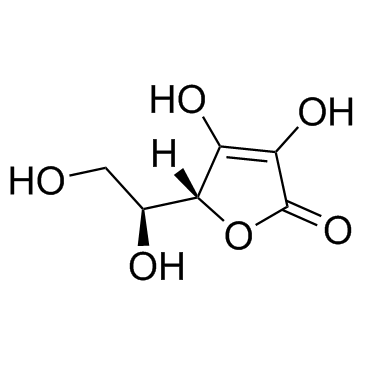 |
Ascorbic acid
CAS:50-81-7 |
|
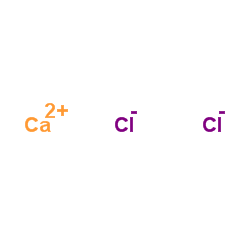 |
Calcium chloride
CAS:10043-52-4 |
|
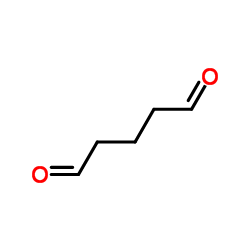 |
glutaraldehyde
CAS:111-30-8 |
|
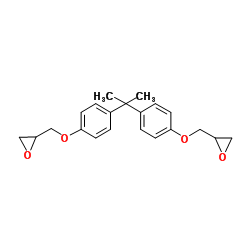 |
bisphenol A diglycidyl ether
CAS:1675-54-3 |
|
 |
2-chloroethyl acrylate
CAS:2206-89-5 |
|
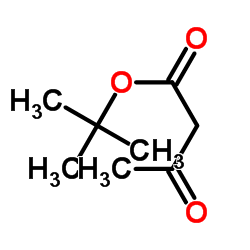 |
tert-Butyl acetoacetate
CAS:1694-31-1 |
|
 |
Dexamethasone
CAS:50-02-2 |